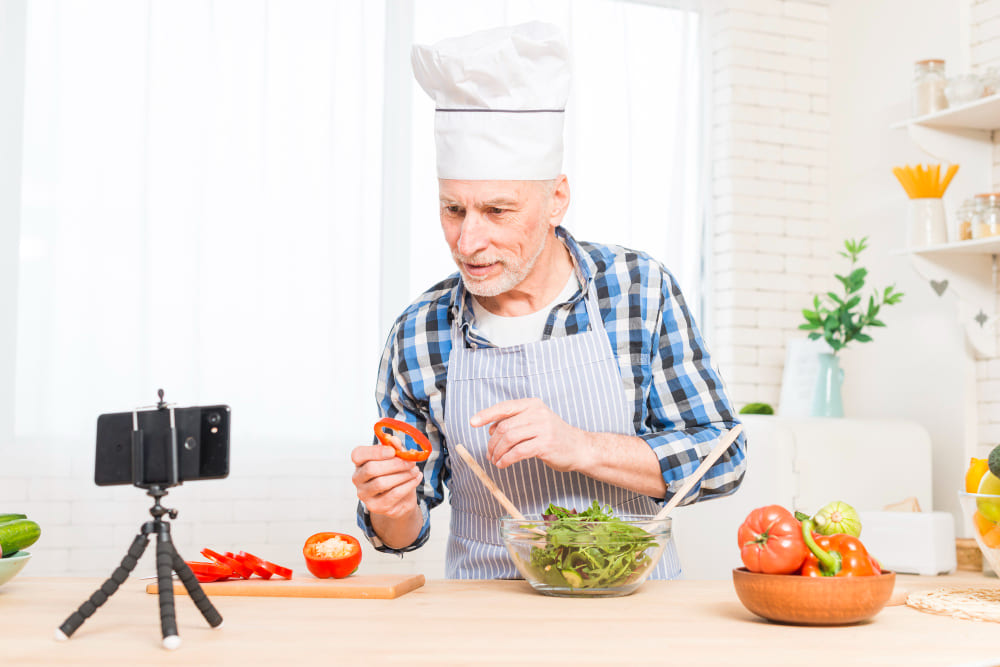The Secret World of Food Styling: Making Meals Look Perfect for the Camera

Have you ever found yourself drooling over a perfectly cooked burger on a billboard, or wondering why the salad in a commercial looks so much greener than the one on your plate? Welcome to the fascinating world of food styling — where visual storytelling and culinary illusion collide to create picture-perfect meals that appeal to the eye more than the stomach.
What is Food Styling?
Food styling is the art of preparing food for photography, videography, and advertisements. Unlike a typical chef, a food stylist’s job is not to make food taste amazing — it’s to make it look amazing. Stylists use a variety of tricks, tools, and sometimes even inedible props to make food appear fresh, vibrant, and irresistible on camera.
The Tricks Behind the Scenes
The reality behind those mouth-watering images can be surprising. For instance:
- Motor oil instead of syrup: Real syrup soaks into pancakes, making them look soggy. Stylists often use motor oil to maintain the perfect drizzle.
- Shaving cream as whipped cream: Real whipped cream melts under studio lights, so stylists use shaving cream to hold the shape longer.
- Glue in cereal bowls: Milk makes cereal soggy and sinks it quickly. White glue keeps the cereal on top, looking fresh and crunchy.
- Toothpicks and cardboard: Burgers are often propped up with toothpicks and supported with cardboard layers to make them appear taller and more structured.
The Importance of Lighting and Angles
Food stylists often work closely with food photographers to find the best angles and lighting setups. Natural light is ideal, but artificial lighting is carefully adjusted to mimic it. Shadows, highlights, and depth all play a role in creating an image that feels deliciously real — even if the food isn’t actually edible.
Modern-Day Food Styling
With the rise of social media, food styling has become more accessible and widespread. Influencers, bloggers, and restaurants now invest in styling to stand out on platforms like Instagram and TikTok. Authenticity is gaining value, but even the “natural” food shots often involve a bit of behind-the-scenes tweaking.
Is It Ethical?
There’s ongoing debate around the ethics of food styling, especially when it comes to misleading advertising. Some argue that consumers should know what they’re really getting, while others view it as harmless visual marketing. In many countries, regulations now require advertisers to disclose when a product may look different than advertised.
Final Thoughts
The next time you see a flawless meal in an ad or magazine, remember — it might be more paintbrush than pan, more glue than gravy. Food styling is a blend of art and science, of creativity and illusion, designed not to feed the stomach but to feast the eyes. It’s a delicious deception — and one that makes us all a little hungrier with every glance.